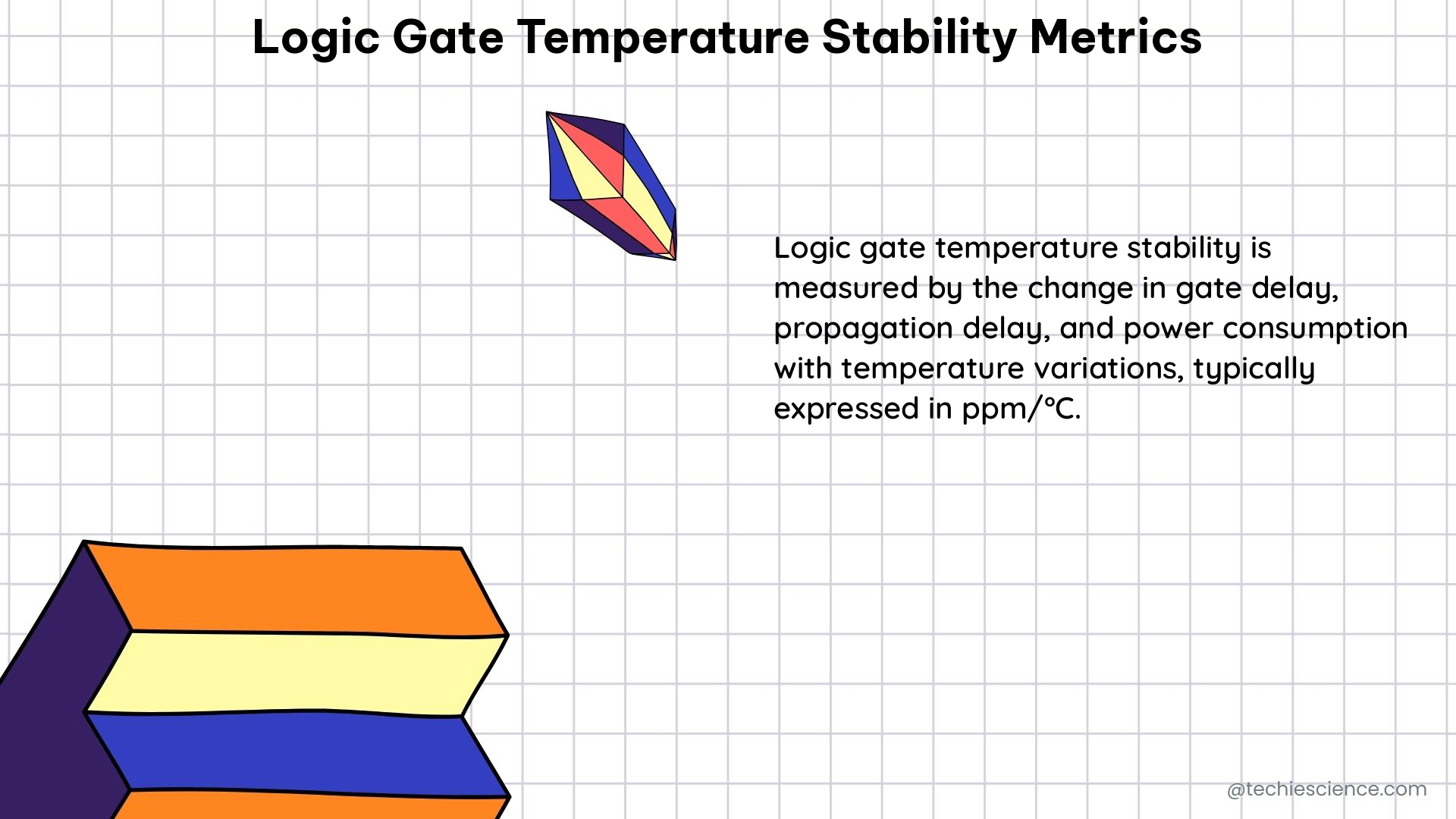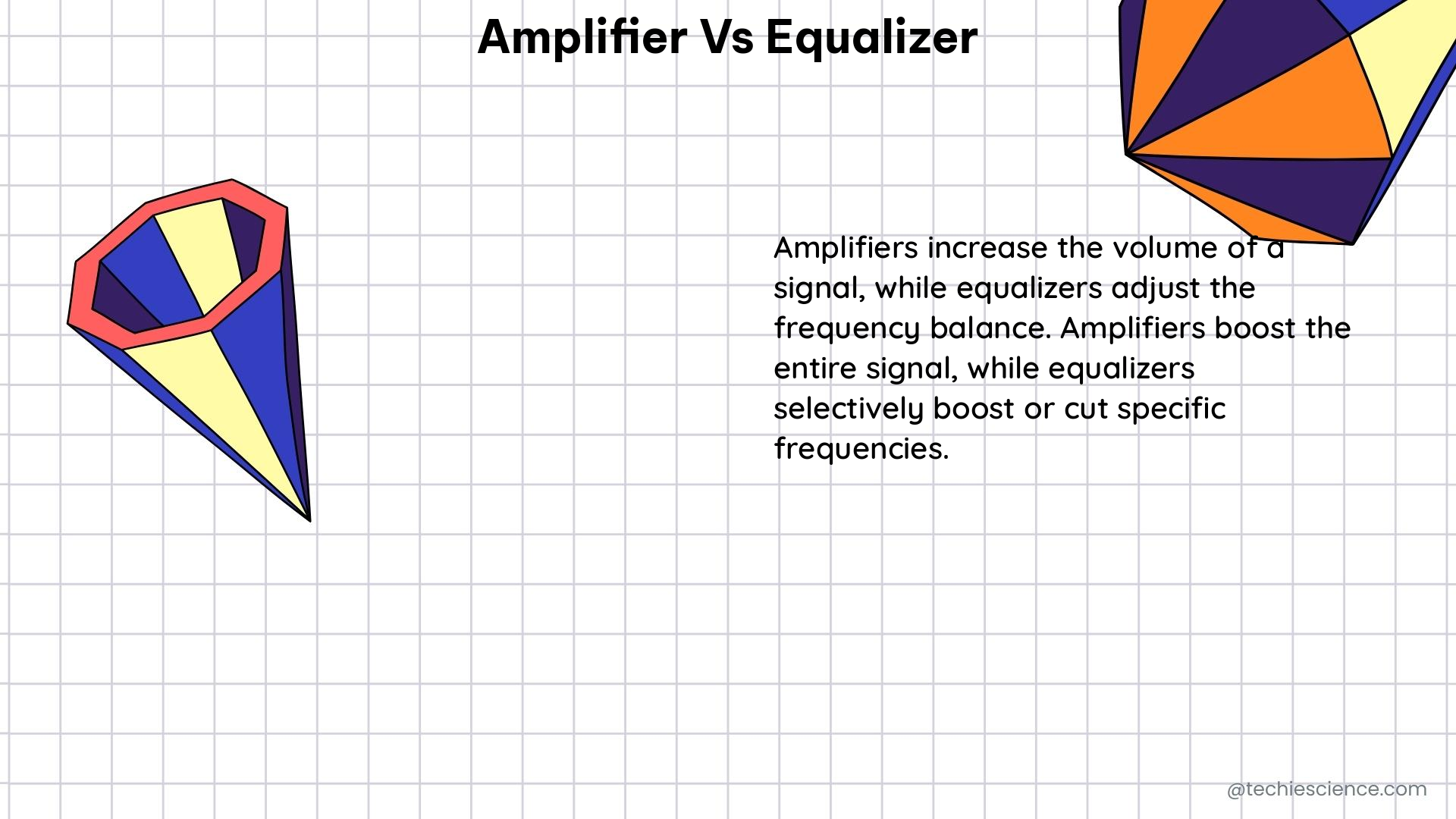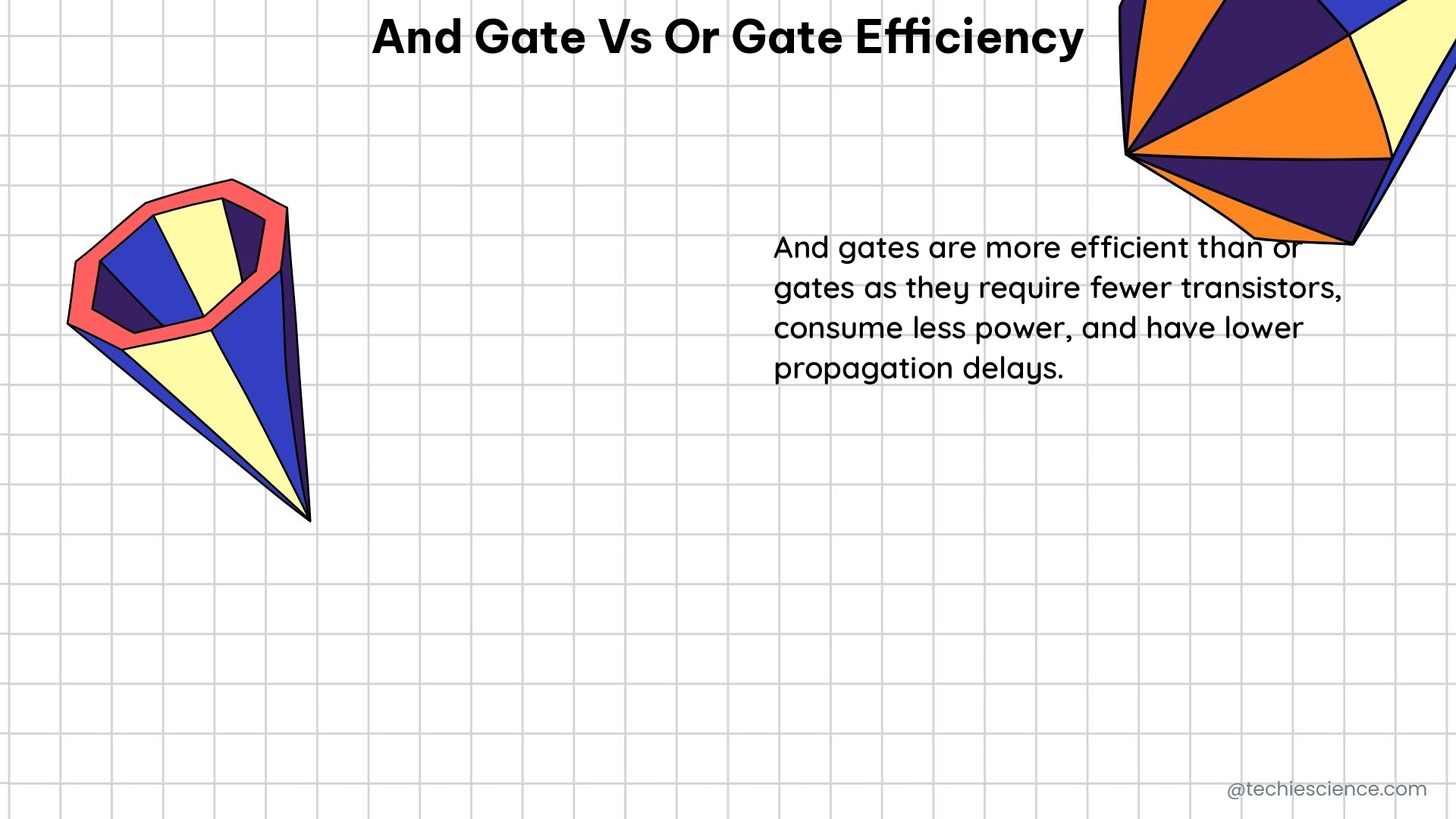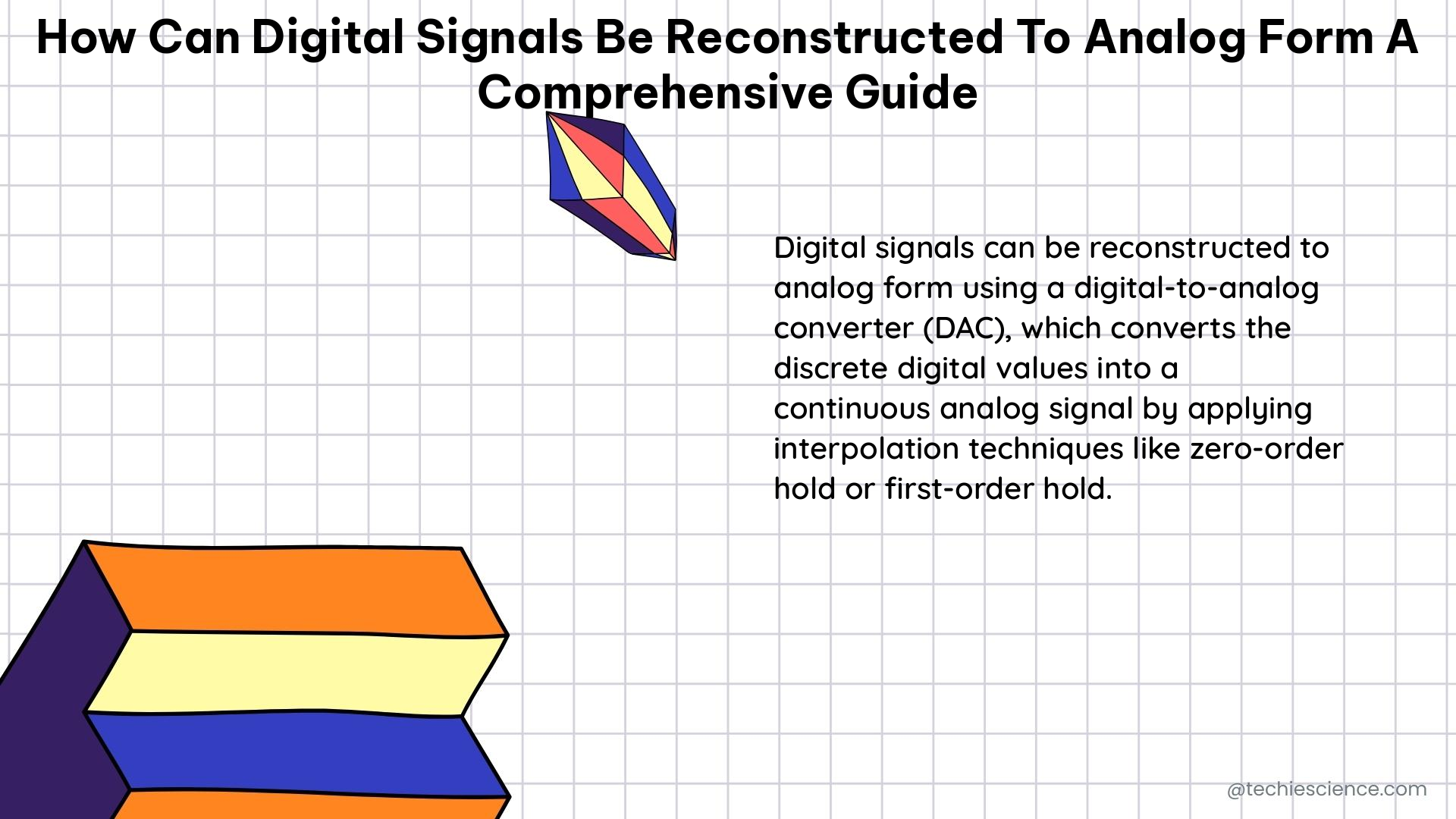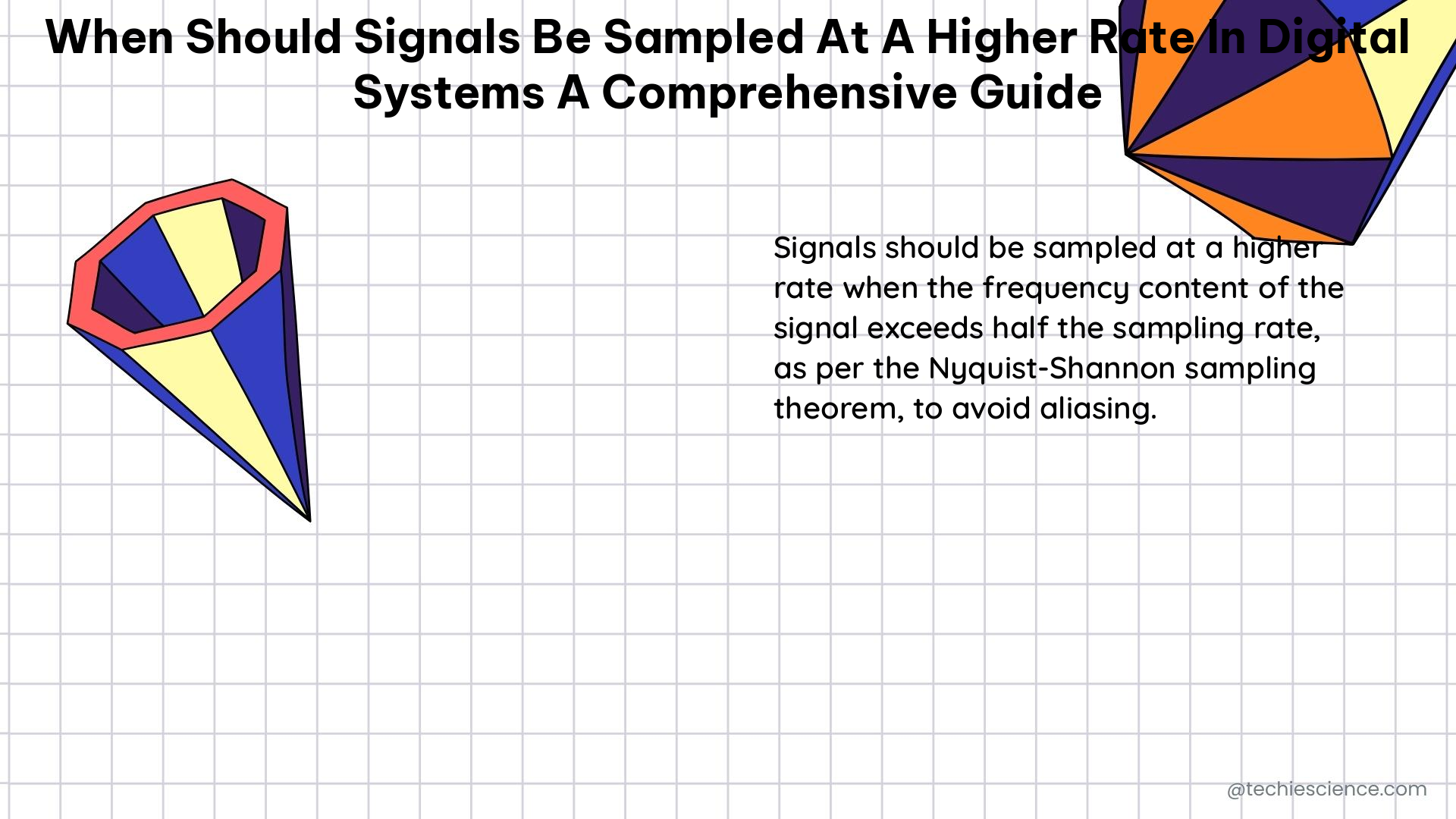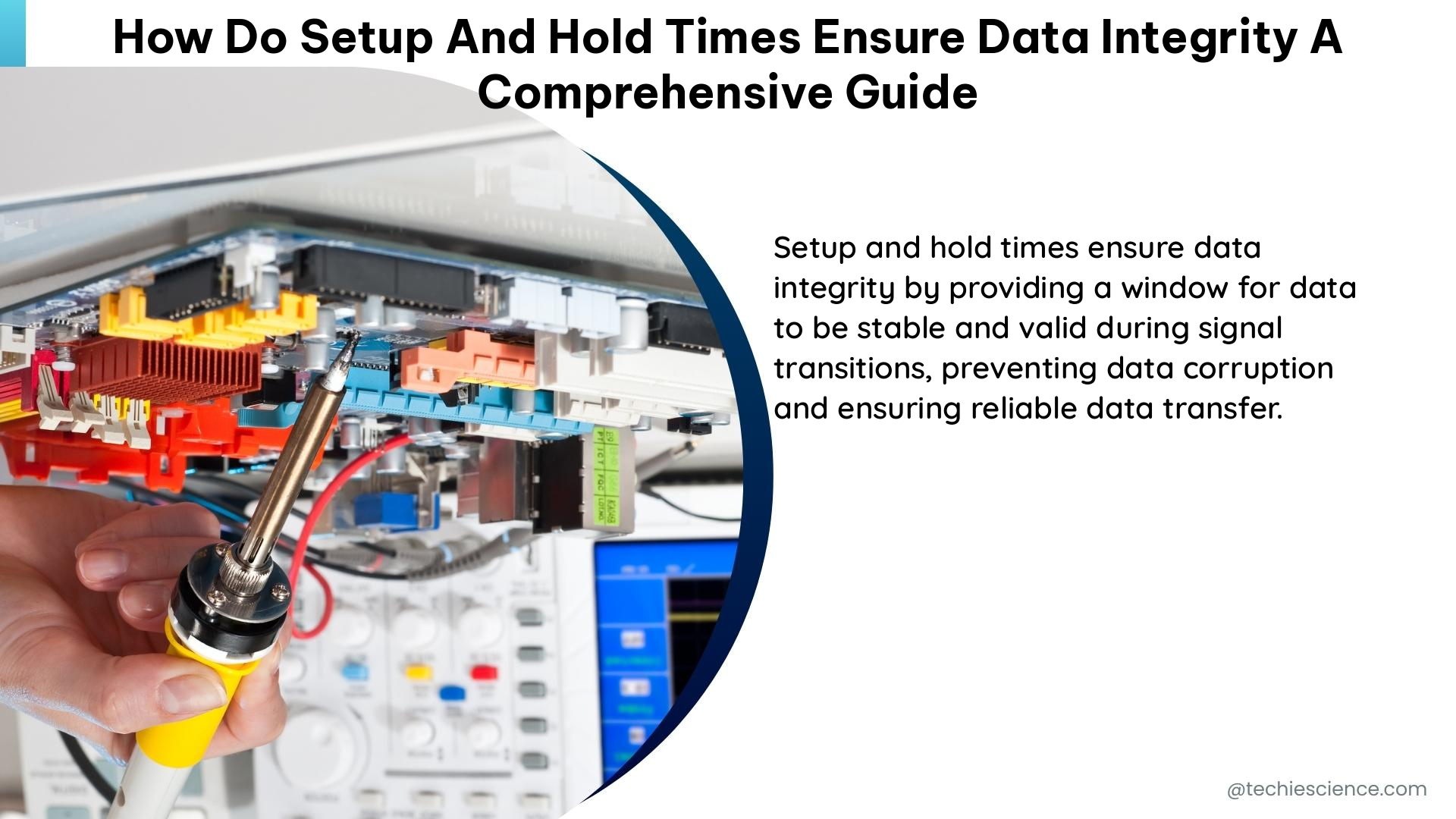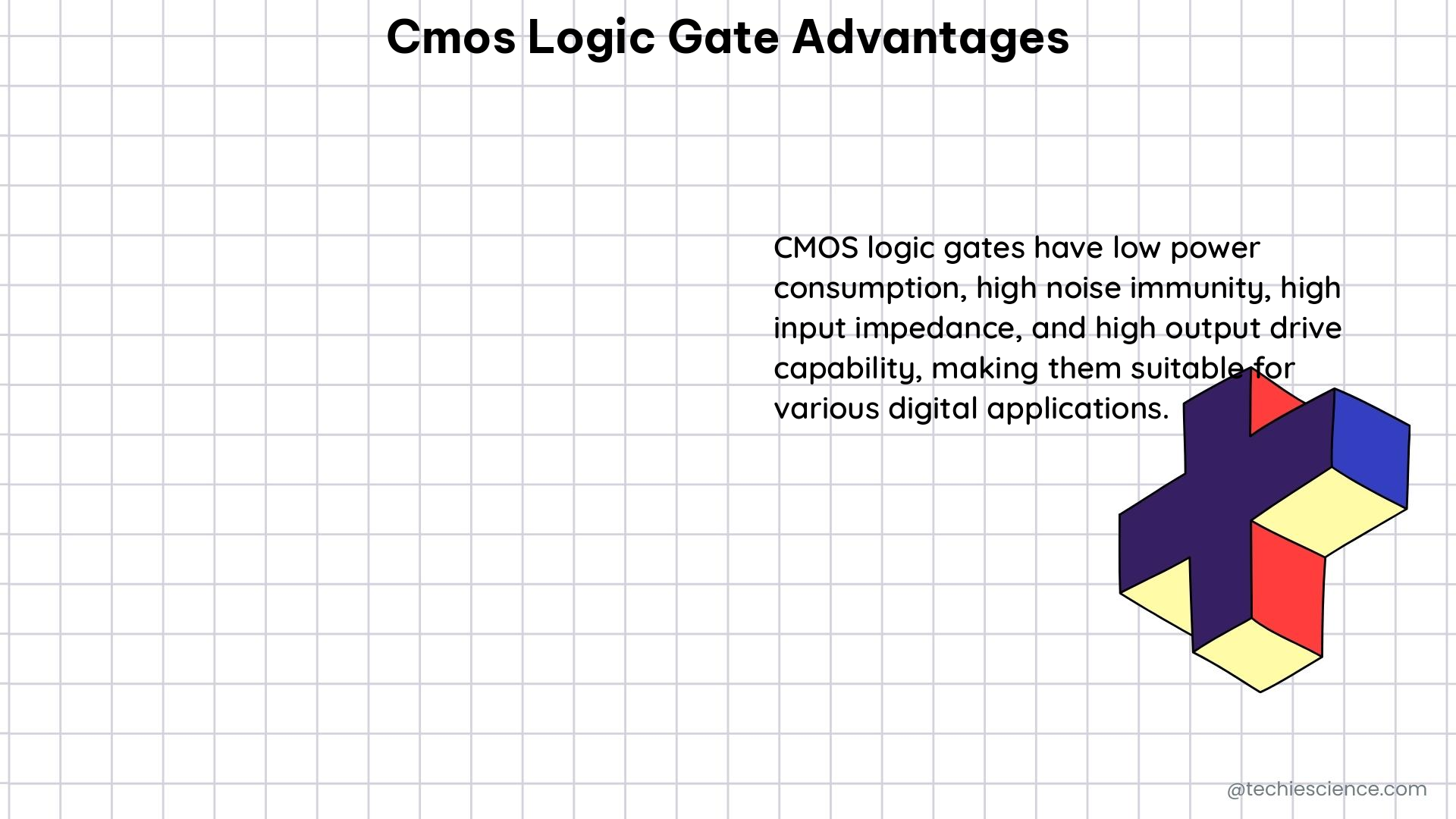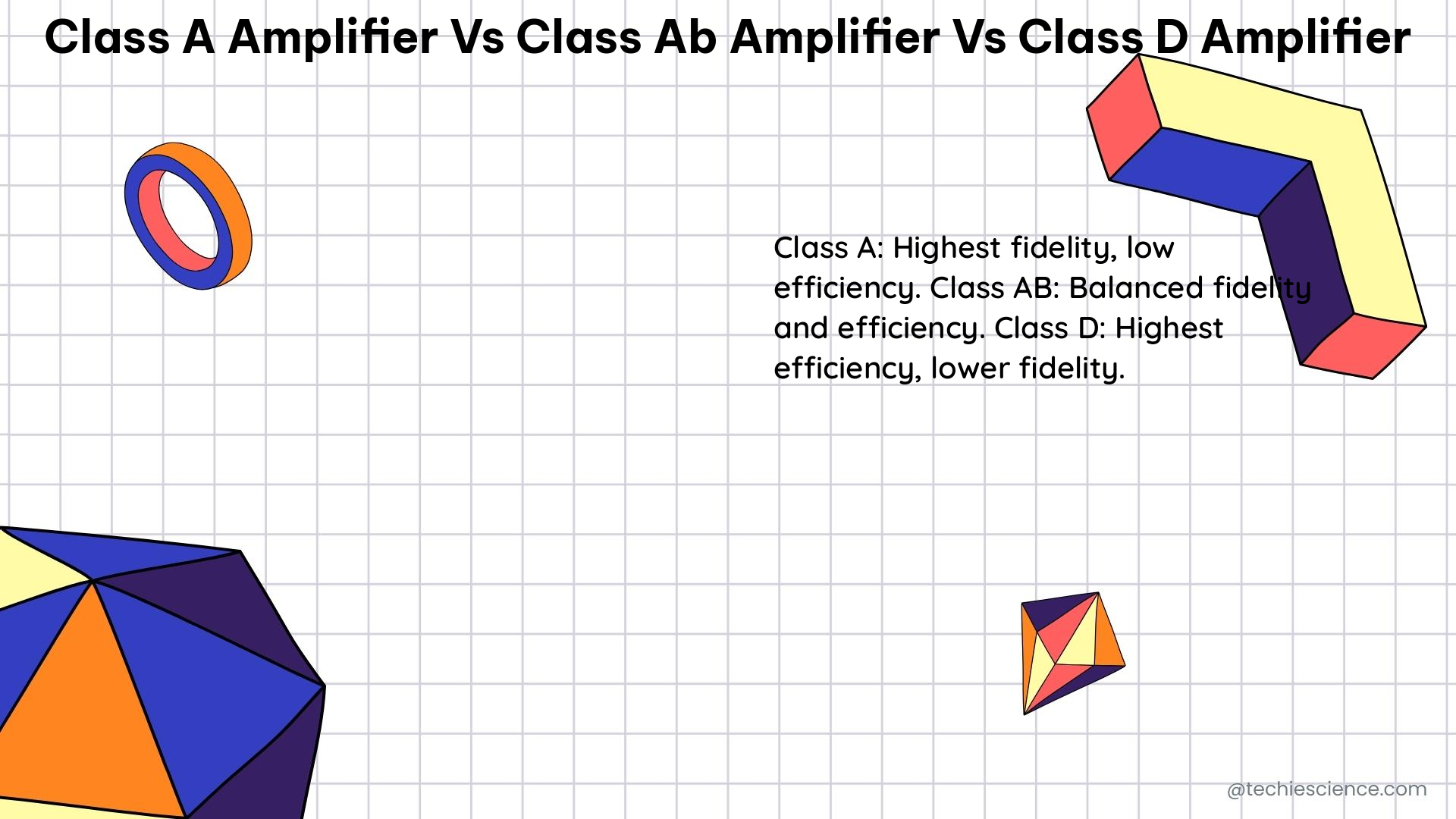Mastering Logic Gate Temperature Stability Metrics: A Comprehensive Guide
Logic gate temperature stability metrics are critical in the design and operation of electronic devices, as they directly impact the reliability and performance of these systems. These metrics can be quantified through various measurements and analyses, which are essential for ensuring the proper functioning of logic gates under different temperature conditions. Thermal Conductivity: The Key … Read more
